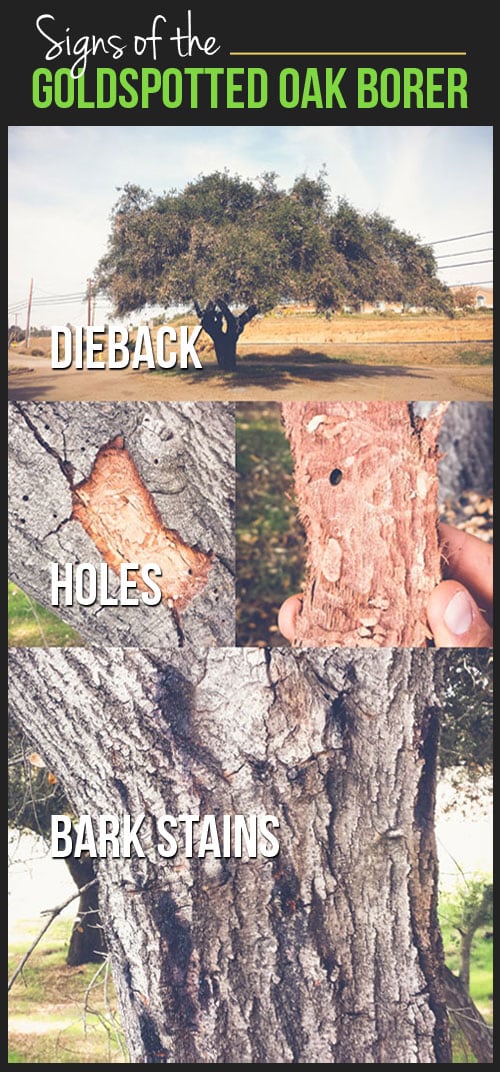Indicators That Tree Elimination Is Necessary: Recognizing Dangerous Trees
Indicators That Tree Elimination Is Necessary: Recognizing Dangerous Trees
Blog Article
Short Article Created By-Harrell Hubbard
When it concerns tree treatment, identifying the signs that it's time for removal is essential for your safety and residential or commercial property. You may see stained fallen leaves, wilting branches, or weird fungal developments showing illness. Structural issues, like a considerable lean or cracks in the trunk, can also posture dangers. Comprehending these indication can assist you make informed decisions concerning your trees and avoid potential risks hiding in your lawn. What should https://treestumpremovalmachines28395.tokka-blog.com/35554630/a-full-guide-to-the-expenses-of-tree-removal-shares-key-budgeting-methods-for-your-landscape-design-needs-discover-the-factors-that-might-affect-your-expenditures seek following?
Signs of Decay and Condition
When you discover indicators of decay and disease in your trees, it's crucial to act quickly. Seek tarnished leaves, wilting branches, or unusual growths like fungi. These can show that your tree is struggling.
If you see cracks in the bark or soft, mushy wood, these signs and symptoms recommend inner decay. In addition, an abrupt boost in bugs around your tree can signify that it's deteriorated and susceptible.
Check for any type of dead or dying limbs, as they pose a danger to your building and security. If you doubt concerning what you see, consulting an arborist can give quality.
Attending to these indications early can conserve you from extra considerable damages and make certain the wellness of your lawn. Don't wait until it's far too late.
Structural Instability and Leaning
As you observe your trees, keep an eye out for any kind of indicators of architectural instability or leaning. If a tree leans considerably, it may indicate that the root system is compromised.
Look for any splits in the trunk or soil around the base; these can indicate possible failure. Additionally, look for uncommon growth patterns, like an uneven crown, which might recommend that the tree is battling to hold itself upright.
If you notice that the tree favors your home, high-voltage line, or other structures, it postures a greater risk. Don't disregard these signs-- consult an arborist to evaluate the scenario.
Acting early can prevent pricey damages and guarantee your safety.
Dead or Dying Branches and Foliage
If you notice dead or dying branches and foliage on your tree, it's a clear indicator that something's wrong.
These undesirable locations can suggest underlying issues like disease, insect infestations, or ecological tension. When branches lose their fallen leaves or turn brownish, they're no more contributing to the tree's health and wellness. Neglecting these indicators could result in more decline, making your tree a lot more hazardous.
Dead branches can conveniently break short during tornados, posing a risk to residential or commercial property and individuals nearby. It's critical to assess the degree of the damage.
If the issue impacts a considerable part of the tree, take into consideration consulting an expert. They can help establish if removal is necessary to make certain safety and security and preserve the charm of your landscape.
Final thought
If you observe any type of indications of decay, architectural instability, or dead branches on your trees, don't neglect them. visit this weblink can posture serious safety dangers to you and your residential property. It's constantly best to consult a professional arborist who can give a professional analysis of your trees. Doing something about it early can protect against mishaps and expensive damages, ensuring your landscape continues to be safe and healthy and balanced. Bear in mind, it's better to be proactive concerning tree care than to await a catastrophe to happen.
